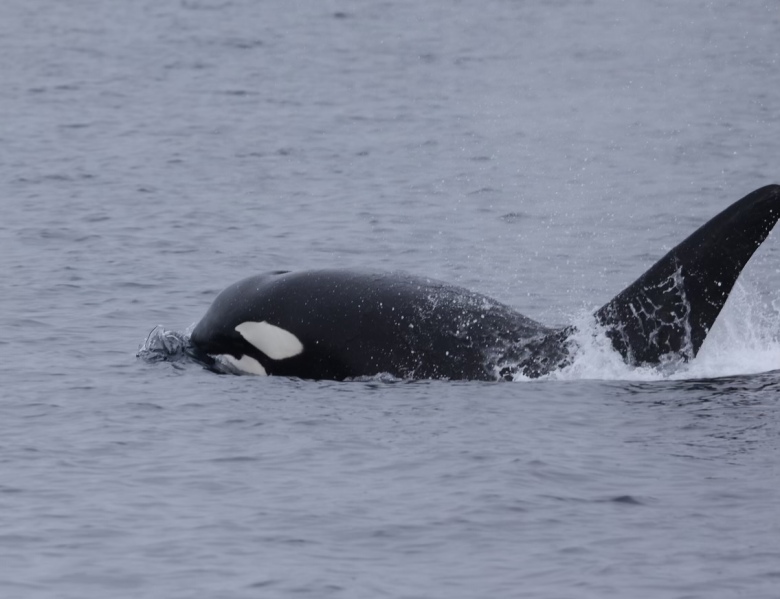The Diet of Whales in Southern California: What They Eat and When

Southern California’s rich marine ecosystem provides an abundant food source for a variety of whale species that migrate through or reside in its waters. From massive blue whales to acrobatic humpbacks, each species has its own unique diet, feeding habits, and preferred hunting times. Understanding what these whales eat and when they feed can offer fascinating insights into their behaviors and the health of the ocean.
Blue Whales: The Krill Specialists
As the largest animals on Earth, blue whales have an enormous appetite, yet their diet consists almost entirely of tiny krill. These shrimp-like crustaceans are packed with nutrients and provide the energy needed to sustain the blue whale’s massive size. Blue whales typically feed by lunging through dense patches of krill, filtering them through their baleen plates.
Feeding Patterns: Blue whales in Southern California primarily feed during the summer and fall when krill populations are highest. They tend to feed deep in the water column during the day and come closer to the surface at night, following the vertical migration of krill.
Gray Whales: The Bottom Feeders
Gray whales have a completely different approach to feeding. They are benthic (bottom) feeders, using their powerful mouths to scoop up sediment from the seafloor and filter out small crustaceans, such as amphipods, along with other tiny marine organisms.
Feeding Patterns: Most gray whales migrate along the California coast between December and May, traveling between their feeding grounds in the Arctic and their breeding lagoons in Baja California. During their migration, they eat opportunistically, but they do most of their feeding in the nutrient-rich Arctic during the summer.
Humpback Whales: The Opportunistic Feeders
Humpback whales are versatile hunters with a varied diet that includes krill, anchovies, sardines, and other small schooling fish. They use an incredible feeding technique called bubble-net feeding, where they blow bubbles in a circle to trap fish before lunging through the concentrated school with their mouths wide open.
Feeding Patterns: Humpbacks are often seen feeding off Southern California’s coast in the spring and summer months. Their feeding activity is largely determined by the availability of baitfish, which are influenced by ocean temperatures and currents. They frequently feed near the surface, making them a spectacular sight for whale watchers.
Fin Whales: The Swift Predators
Fin whales, the second-largest whale species, are also common visitors to Southern California. They have a mixed diet, feeding on krill as well as small schooling fish like herring and anchovies. Their speed and agility allow them to chase down fast-moving prey.
Feeding Patterns: Like blue whales, fin whales adjust their feeding depths based on the movement of their prey. They often feed at night when fish and krill rise to the surface, making it easier to capture large quantities in a single gulp.
Minke Whales: The Solitary Hunters
Minke whales are the smallest of the baleen whales in Southern California, but they are still formidable hunters. They primarily feed on krill and small fish, often lunging through bait balls to consume large amounts in a short period.
Feeding Patterns: Minke whales are less predictable than other whale species, but they tend to feed throughout the day, taking advantage of any available food source. They can often be seen feeding alone or in small groups.
Orcas: The Apex Predators
Unlike baleen whales, orcas (killer whales) are toothed whales and top predators in the ocean. Their diet varies depending on their specific ecotype. Some orcas in Southern California specialize in hunting marine mammals like sea lions and dolphins, while others focus on fish, including sharks and rays.
Feeding Patterns: Orcas hunt in coordinated pods, often using sophisticated hunting strategies to catch their prey. They are active throughout the day and night, depending on their targets, and are known for their intelligence and adaptability.
The Importance of a Healthy Ecosystem
The feeding habits of whales in Southern California highlight the importance of a balanced marine ecosystem. Changes in ocean temperature, overfishing, and pollution can all impact the availability of food sources, ultimately affecting whale populations. Whale-watching tours not only offer a chance to witness these magnificent creatures feeding in the wild but also help raise awareness about conservation efforts to protect their habitats.
Next time you’re out on the water with Dana Wharf, keep an eye out for feeding behaviors—whether it’s a humpback launching through a school of fish or a blue whale lunging for krill, witnessing these moments in nature is truly unforgettable.




